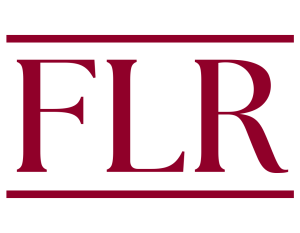The “first sale” doctrine, section 109(a) of the Copyright Act of 1976, gives the owner of a lawfully made copy of a work the right to sell it without the copyright holder’s authorization. Section 602(a), meanwhile, prohibits the unauthorized importation of a copyrighted work. What happens if someone buys a copy of a work outside of the United States, brings the copy into the United States, and then tries to sell it? Does the “first sale” doctrine apply, so that the foreign copy can be sold in the United States? Or does the anti-importation provision control? If it does, the seller would not be able to invoke the “first sale” safe harbor and would be liable under federal copyright law if she did not obtain the copyright holder’s authorization for the U.S. sale.
In John Wiley & Sons Inc. v. Kirtsaeng, the Second Circuit held that the statutory language of the first sale doctrine, specifically the words “lawfully made under this title,” does not extend the first sale safe harbor to copies made outside of the United States. This holding rendered it unnecessary to consider whether the anti-importation provision applies. In so doing, the Second Circuit relied on its reading of the U.S. Supreme Court decision in Costco v. Omega.
This Note suggests that the Supreme Court should find that the Second Circuit was incorrect in its interpretation of the first sale doctrine, but this Note does not decide whether the anti-importation provision should apply to Kirtsaeng if the case is remanded. The Wiley court misinterpreted the first sale doctrine’s statutory language and also misconstrued the holding in Omega, in which the Court split 4–4 on the relevant issue, creating no binding precedent. The Wiley holding creates a perverse incentive: copyright holders can now avoid the first sale doctrine altogether by moving production overseas. This holding conflicts with the fundamental balance of policies at the core of copyright.

